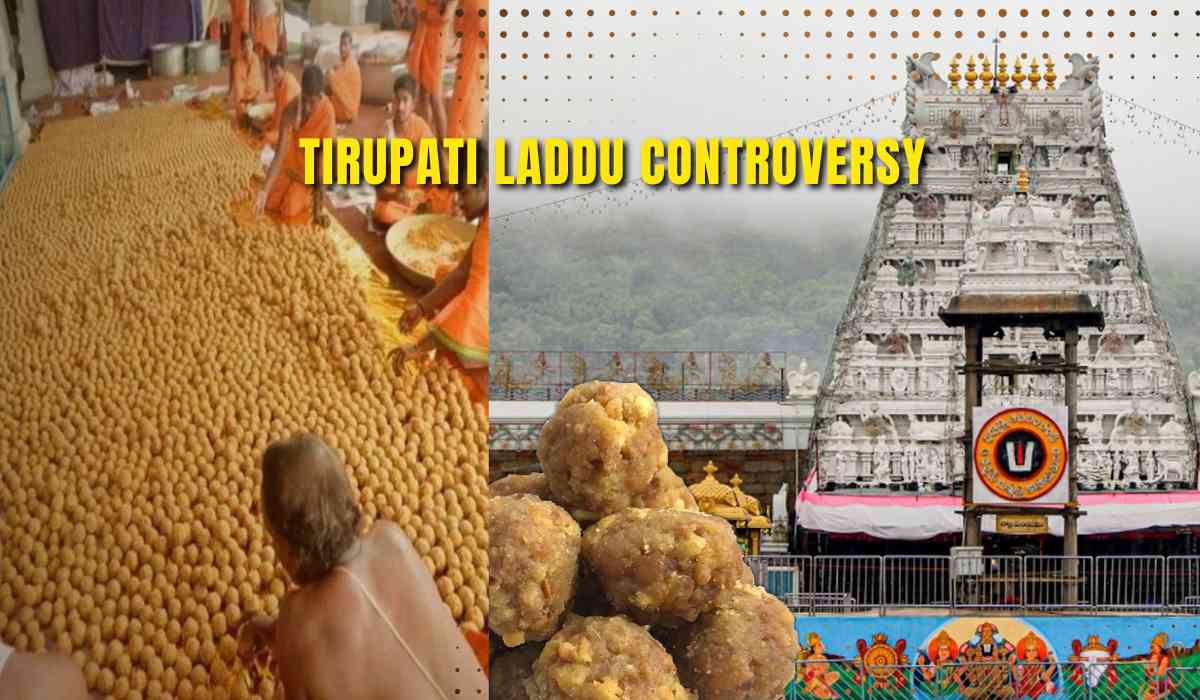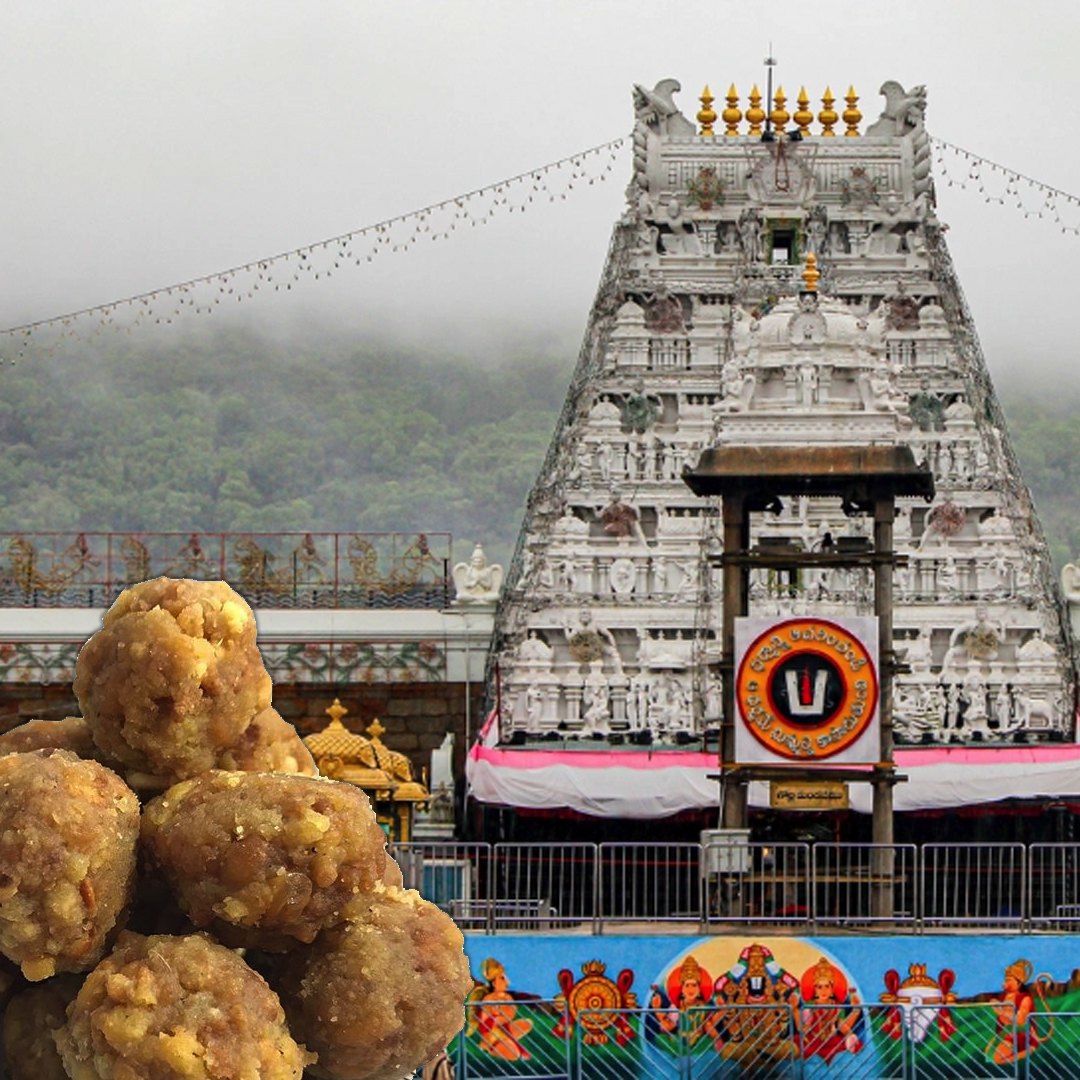
Image Source - X
Controversy Over Tirupati Laddu Ingredients
A huge controversy has erupted in Andhra Pradesh regarding the ingredients being used to make the fabled ghee for the popular laddus prepared as prasad at the Tirumala Venkateswara Temple. The Telugu Desam Party brought serious allegations about the ghee contained within the Tirupati laddu comprising "beef tallow" and "lard." This has set off a serious debate on the purity and religious sanctity of the offering.
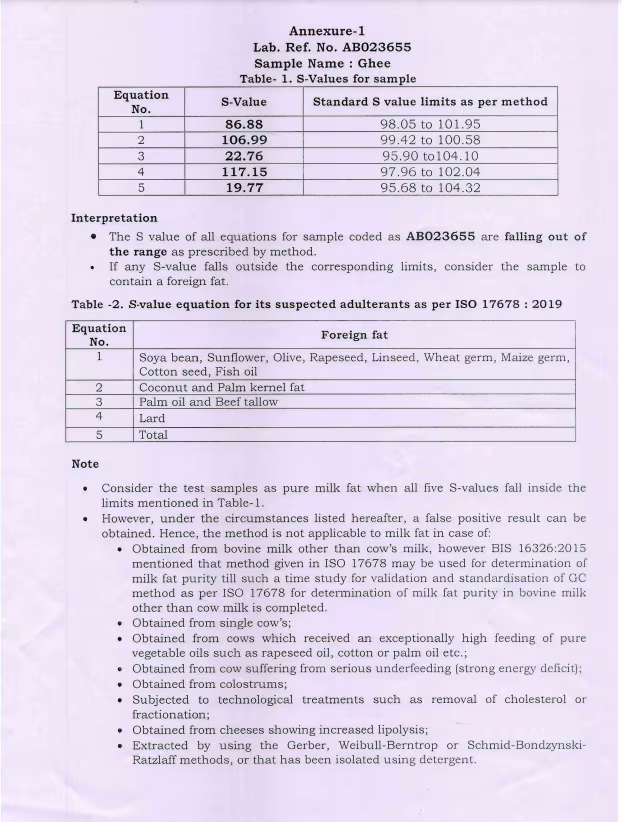
Image Source - X
TDP's Allegations and Lab Report Findings
The allegations surfaced on September 18, when the former Chief Minister of Andhra Pradesh N Chandrababu Naidu accused the erstwhile Jagan Reddy-led government of the then YSR Congress Party (YSRCP) of permitting animal fat in the Tirupati Laddu's preparation. Samples of the laddus contained "foreign fat" in the form of beef tallow, lard, and fish oil, the lab report maintained as presented by TDP spokesperson Anam Venkata Ramana Reddy.
Displaying the report during a press conference, Reddy stated that the S value of the ghee used in the laddus was a mere 19.7, indicating substandard quality. The findings have since sparked outrage due to the religious significance of the laddus.
Understanding the Terms: What Are Beef Tallow and Lard?
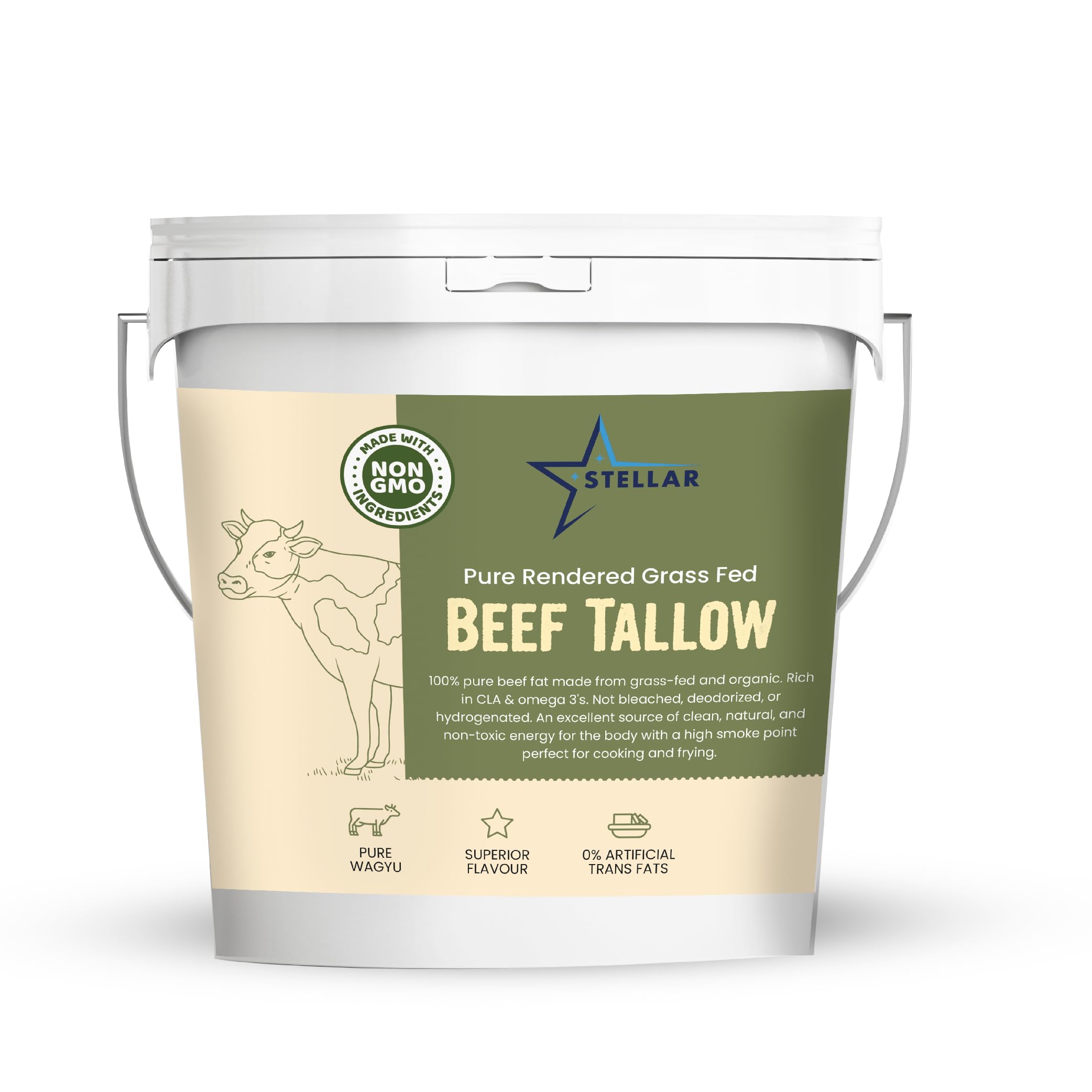
Beef Tallow
Cattle fat can also be used for beef tallow. Once melted and purified, the fat produces a butyrous consistency that hardens at room temperature. It has been used as a cooking medium since a very long time back. It has been used in the production of candles and as a lubricant.
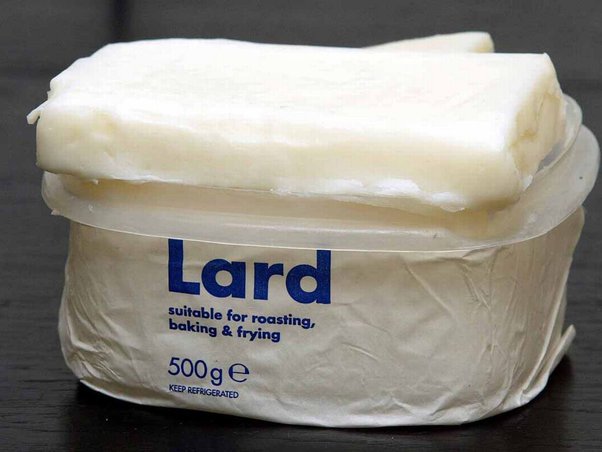
Lard
Lard is the creamy white fat that is derived from hogs. Like beef tallow, lard is mainly used as a cooking agent, including frying and baking.
The Lab Report and Official Response
Lab Report: Samples were received on July 9, 2024, by Gujarat-based lab.
Conclusion of the report: Beef tallow and lard and oil of fish have been found. TDP raised such an alarm and yet no confirmation from either the Andhra Pradesh government or TTDS, which manages this temple.
Beef Fats: The Wider Picture
Although the use of animal fats as a constituent part of food is thousands of years old, it is not always well-known. A lot of consumable items, from lotions to creams, contain animal fat. However, the matter becomes sensitive when associated with religious practices, especially Hinduism, which strictly abhors beef.
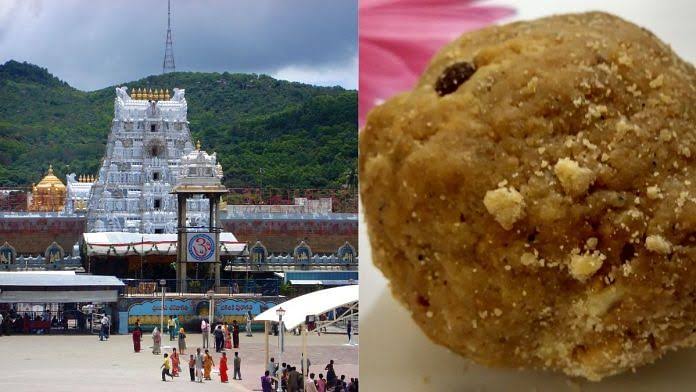
Image Source - X
Widespread Use of Animal Fats: Unseen but Common in Everyday Life
While there was so much hue and cry over the fact that Tirupati laddus purportedly uses beef tallow and lard, many might not know that animal fats are extensively used in daily life. From soaps, lotions, and creams to food items, most of these products contain fats like lard or tallow. Animal fats are centuries-old in usage, namely in cooking and also in personal care products and industrial products.
However, when the very same ingredients happen to be associated with religious sacrifice, the hue and cry rise multifold since, though there may be plenty of everyday uses for animal fats in secular contexts, the same consumers seem to react more sharply in regards to these same substances when they find their way into sacred food offerings, especially in religions where some animal products such as beef are strictly forbidden. Such a difference in response spells out an incredibly thin line between everyday use and what is appropriately sensitive to religion.
This debate requires more than general awareness of the origin of some ingredients; it requires source knowledge about their transparency, particularly when it involves items of religious and cultural importance.
What's Next?
Now, some were suggesting that laddus prepared for religious purposes should be made using gram flour or jaggery only, to avoid controversy in the future. On either side, YSRCP denies the allegations and TDP continues pressing for accountability. This situation points out the significance of open decisiveness and purity in religious orations to avoid such sort of situation.
With inputs from agencies
Image Source: Multiple agencies
© Copyright 2024. All Rights Reserved Powered by Vygr Media.

